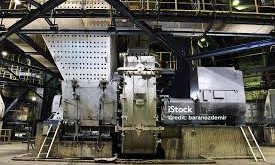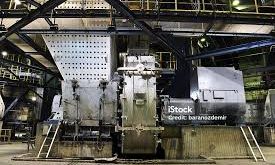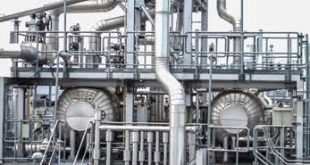The Contribution of Steamer Containment Boilers to Power Generation
Tekchandra Shastri: Co-Editor, Report 9822550220
New Delhi. Steamer concentrator boilers play a significant role in the record power generation of all thermal power projects in India. The primary role of a steamer in power generation is to convert the chemical energy of fuel into heat energy and produce high-pressure steam. This steam rotates turbines and drives generators, generating electricity.
The key roles of a steamer in a thermal power plant are as follows:
Regarding heat generation, it transfers the heat generated by fuel combustion to water, converting it into steam. Heat from the fire burning in the boiler furnace heats the water flowing through the boiler tubes.
High-Pressure Steam Generation: It heats the water inside the boiler to produce high-pressure steam. This steam has enough power to rotate the turbines.
Regarding efficiency improvement, after running the turbine, the used steam is converted back into water in a condenser (another device) and then returned to the boiler. This cycle helps conserve water and increases the efficiency of the power plant. The boiler’s evaporation rate directly affects the load of the turbo-generator set. The more steam a boiler produces per hour, the more electricity it can produce.
The water circulation rate in the boiler plant is three to four times the throughput, allowing it to continuously absorb heat and convert into steam. In short, the evaporation boiler is one of the most critical components in a thermal power plant, supplying the steam required for the entire process. This steam, in turn, drives the rotor wheel of the turbine generator at extremely high speeds, generating electricity. The generated electricity is then supplied to Mahavitan Company Limited via ultra-high-pressure transmission lines through the power transmission substation
 विश्वभारत News Website
विश्वभारत News Website




